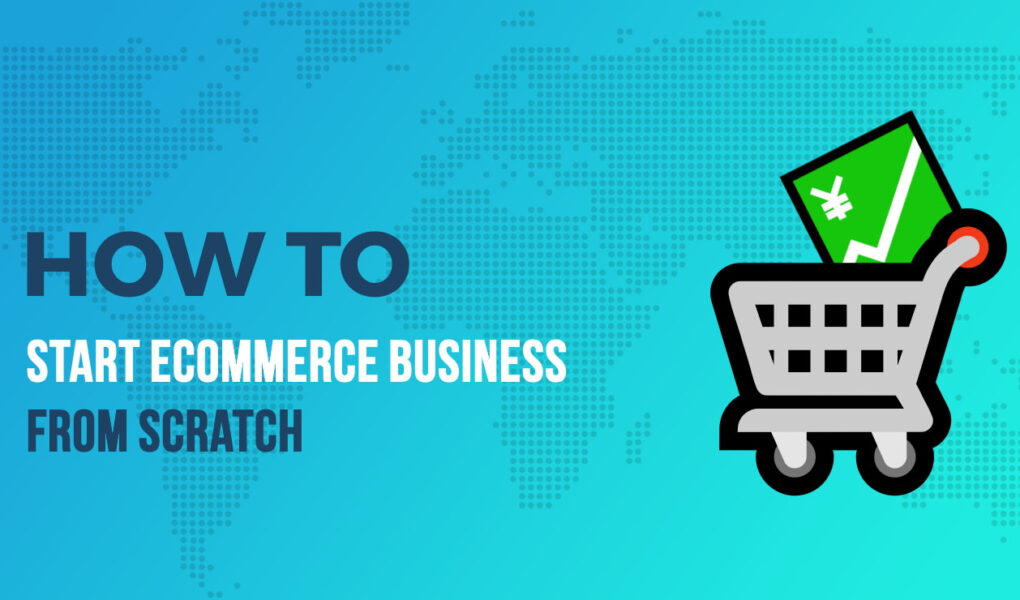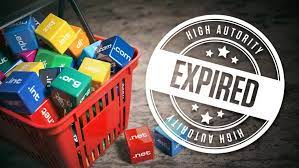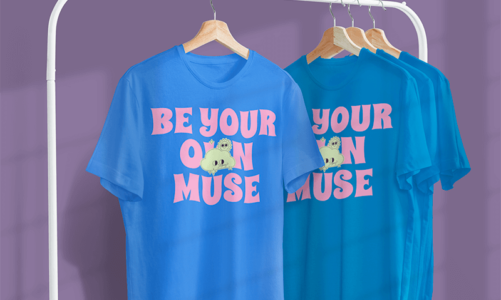Setting up an online business can be harder than it seems. It requires a lot of research, effort, and consistency to be able to run a successful online business. Ecommerce Industry is booming right now and is expected to reach record numbers by 2025. Consumers all around the world are making regular purchases through online selling channels rather than brick-and-mortar stores. In case you already have an existing business, this is the right time to take it online and grow your business bigger.
In addition to having a great product, following the right procedure is also a must to successfully establish and run an ecommerce business.
Five simple steps to launch a revenue-generating E-commerce business
Step 1: Finding your Niche
Deciding what products, you want to sell is obviously the first step towards establishing your business. This will further guide you in choosing the right platform to sell, which is discussed in the next section. You will have to do thorough market research to come up with a solid product idea. The next step is to decide whether you want to manufacture, wholesale, or drop ship it. Drop shipping is a popular ecommerce business model in the present time. In drop shipping, business owners do not have to maintain inventory at any point in time. For every order placed, drop shippers forward the order to the suppliers, who then ship it to the buyer.
Your product idea can be anything from handmade soap to a clothing line to an invertible soft toy. Last year millions of sellers made huge products by selling face masks online. The product was easy to make or source and was in crazy demand. Sellers took to platforms like Etsy to sell handmade masks and the marketplace recorded its record sales by selling handmade masks worth $400 million in a span of just one year. This is an example of how you can turn any adversity into an opportunity. There are specific platforms to help you sell specific products to a vast audience of interested customers.
Step 2: Choosing the right platform
Okay, this is important. To start an ecommerce business, you can either list your products on marketplaces or build your online store. Here’s the difference, marketplaces already have a huge inbuilt audience, and they showcase your products to the customers that regularly visit them. For example, Amazon, eBay, Walmart, Etsy, etc. They are suitable for beginners as marketplaces take care of the technical aspects of your ecommerce store, including payment gateways, layout, and the overall customer experience. There are many niche-specific marketplaces that you might want to look at based on your product niche. For example, Etsy is a well-known marketplace that sells unique handmade and antique products from sellers around the world. Marketplaces generally charge sellers by having a commission on each sold product, including other charges such as listing fees and advertising fees.
On the other hand, several platforms allow you to create your ecommerce store. They allow users to decide how your store should look like, and you can customize different aspects of the store. Businesses selling through standalone ecommerce stores have to bear the burden of marketing and advertising to attract customers. Some platforms that can help you create your online stores are WooCommerce, Shopify, BigCommerce, etc. Unlike marketplace, platforms that allow you to create standalone stores generally charge through subscriptions. They can be monthly or yearly payments.
These days many businesses sell on many channels and use different integrations to keep their different stores in sync. This, however, is required in the later stage of your business.
Check out RemoteDBA.com for queries on remote DBA support and database infrastructure management.
Step 3: Setting up the store
Now that the planning is done and major decisions are taken, it is time to do the actual setup. Irrespective of whether you are starting with a marketplace or a standalone ecommerce store, you will require the following things to get set and go-
- You shop/business name
- Photos and videos of your product
- Product specifications and description text
- Payment and Billing details
You will also be required to optimize your shop from time to time to rank higher in search results. This is called Search Engine Optimization. Optimizing your product listing from time to time will ensure that your products are easily fetchable when a buyer searches for specific keywords.
Step 4: Marketing your store
Your work does not finish at launching your store. Even if you have listed products on a marketplace that already has a large built-in audience, you will be required to put in time and effort to market your brand and your products. The best way to begin with is by reaching a large audience through social media. Create a strong social media presence over time and engage the audience by curating content for different buyer journeys. The choice of social media platform also depends on what your product niche is. For example, Instagram has a huge audience for visually appealing products. Similarly, Pinterest is known for its wide range of creative product ideas. You can also drive huge traffic to your store through blogs and content marketing.
The whole idea is to direct traffic to your store through different channels.
Step 5: Ensuring great customer service
Well, the success of any business depends largely on how happy the customers are. In ecommerce, a good customer experience is ensured through many ways, including smooth store navigation, hassle-free payment method, a lenient return and exchange policy, processing time, etc.
For all kinds of online businesses, good reviews are an absolute necessity. Many marketplaces take customer reviews and ratings as an influencing factor in their search algorithm. This means it can hugely affect your SEO and can significantly impact your search ranking. In addition to that, providing great customer service helps build brand recognition over time.
That was all to get your eCommerce business started and going. However, many other factors decide the success or failure of an online business, including solid competitor analysis, prices, product quality, reach, etc.
Let’s have a quick recap of the five simple steps to set up an Ecommerce business in 2021:
- Find a solid product idea.
- Choose the right platform to list your product on.
- Create a brand name and set up your online store.
- Attract customers to your store through a great marketing strategy.
- Make your customers happy by offering a great extraordinary customer experience.
This is how, with the above steps you can start you’re an eCommerce business from scratch in 2021.




